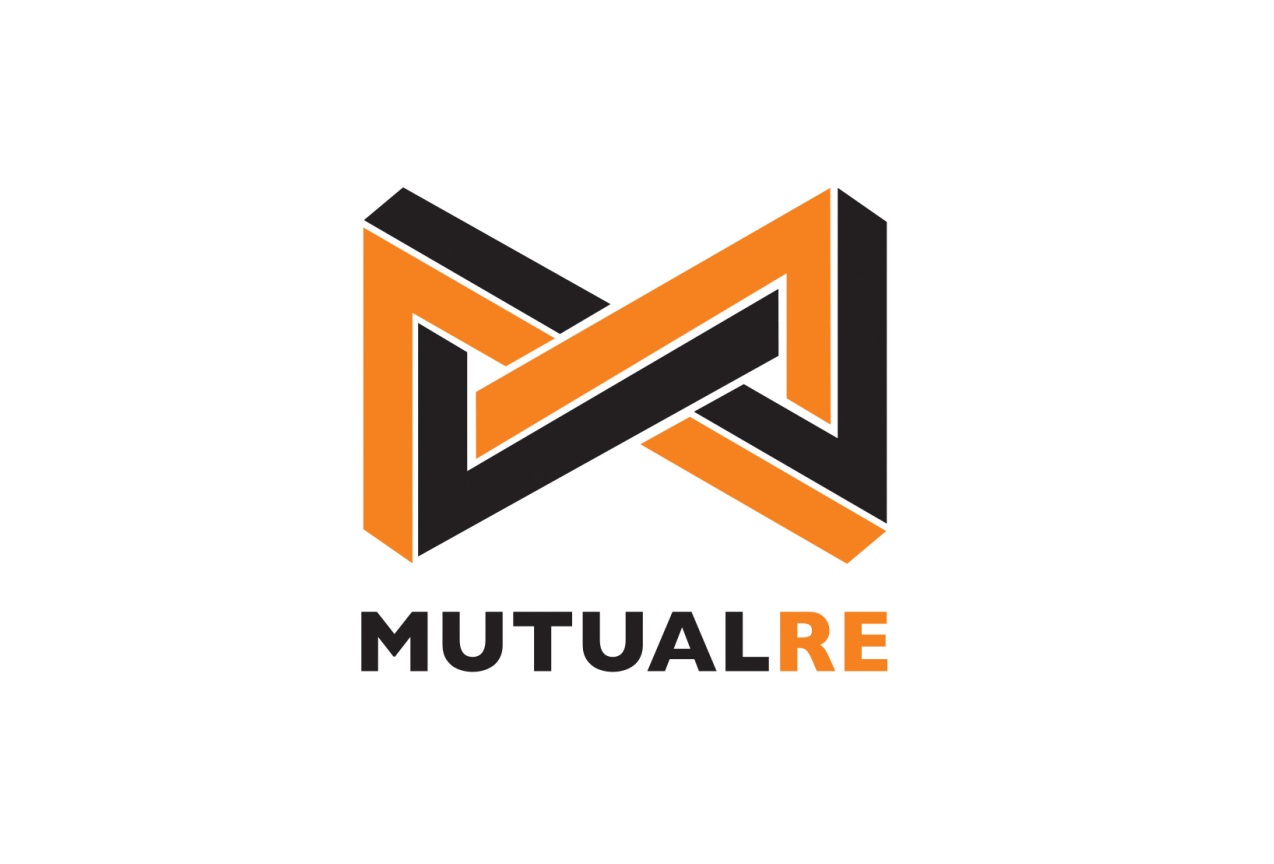How to Prepare for an Insurance Policy Audit
What is an Insurance Policy Audit?
Think of an insurance policy audit as a financial check-up for your insurance. It’s when your insurance provider reviews your records to ensure the premium you’ve been paying matches your actual exposure—like payroll, revenue, or the number of employees.
Why Audits Are Essential
Insurance companies don’t want to overcharge or undercharge. These audits ensure fairness and accuracy. Plus, they’re often contractually required.
Understanding Insurance Audits
Types of Insurance Policies Subject to Audit
Not every policy gets audited, but some are more common than others:
-
General Liability Insurance – Based on gross sales or payroll
-
Workers’ Compensation Insurance – Based on employee payroll and job classifications
-
Commercial Auto Insurance – Based on vehicle usage and drivers
Who Conducts the Audit?
Usually, a representative from your insurance company or a third-party auditing firm. You might deal with them in person, over the phone, or via email.
When Do Audits Usually Happen?
Most audits happen at the end of your policy period—typically annually. Some insurers may do surprise mid-term audits, but those are rare.
The Importance of Insurance Policy Audits
Verifying Premium Accuracy
If your payroll increased over the year, you may owe more. If it decreased, you might get a refund or credit. It’s all about paying what’s fair.
Avoiding Penalties and Surprises
Failing to comply or providing incorrect info can result in back-charges, policy cancellations, or worse—future coverage denial.
Legal and Compliance Reasons
Insurance audits help ensure you’re following state and federal rules, especially for workers’ compensation.
Common Policies That Require Audits
-
General Liability
-
Workers’ Compensation
-
Commercial Auto
-
Umbrella/Excess Liability
Each policy has different data points insurers need to verify, so preparation is key.
Pre-Audit Preparation
Review Your Original Policy
Know what your estimated payroll, revenue, or employee count was when you first got your policy.
Know Your Audit Period
Usually, it covers the last 12 months, but double-check. You don’t want to submit records outside the window.
Documentation Checklist
Here’s what most auditors will want:
-
Payroll Records
-
Employee Classifications
-
1099 and W-2 Forms
-
Tax Forms (941s)
-
Certificates of Insurance for Contractors
-
Job Descriptions
-
Timesheets or Hours Worked
Step-by-Step Guide to Preparing for an Audit
Step 1: Understand What’s Being Audited
Is it payroll? Gross receipts? Number of employees? Clarify before pulling documents.
Step 2: Collect and Organize Documents
Use folders—physical or digital—to organize by category. Clean records make your life easier.
Step 3: Verify Employee and Contractor Data
Misclassifying a worker as a 1099 contractor instead of a W-2 employee can create BIG problems.
Step 4: Communicate with Your Auditor
If you’re unclear, just ask. Most auditors would rather clarify than deal with a mess later.
Step 5: Double-Check Before Submission
Last-minute errors are common. Give yourself time to review everything thoroughly.
Red Flags That Trigger Deeper Audits
-
Payroll numbers that don’t match tax filings
-
No COIs for subcontractors
-
Too many “owners” not on payroll
-
High-risk job titles marked as admin roles
Tools and Software That Can Help
-
QuickBooks – For financial records and payroll
-
Gusto or ADP – For clean payroll management
-
Google Drive/Dropbox – For easy document sharing
-
HR Software – For employee classification and timesheets
How to Work with the Auditor
Be Honest and Transparent
If you made mistakes, say so. Trying to cover them up will only create more issues.
Stay Professional and Responsive
Reply to emails. Pick up the phone. Meet deadlines. It all makes the process smoother.
Ask Questions When in Doubt
If something seems confusing or wrong, get clarity. It could save you thousands.
After the Audit – What to Expect
Audit Report Summary
Once the audit wraps up, you’ll get a report. It shows whether your premium goes up, down, or stays the same.
Premium Adjustments
If you underpaid, you’ll owe. If you overpaid, expect a refund or credit.
Disputing Errors in the Audit
Find a mistake? You have a right to appeal. Provide supporting documentation, and don’t delay.
How to Avoid Future Audit Issues
-
Keep detailed, organized records year-round
-
Conduct your own mini-audits quarterly
-
Use consistent job titles and payroll practices
-
Always collect COIs from subcontractors
Tips for Small Business Owners
-
Start Early – Don’t wait until the audit notice lands
-
Train Your Staff – Especially whoever handles payroll
-
Clarify Job Roles – Vague titles like “manager” won’t help
Common Mistakes to Avoid
-
Ignoring the Audit Notice – It won’t go away
-
Assuming It’s Optional – It’s not
-
Using Estimates – Use real data
-
Submitting Incomplete Records – That leads to higher premiums or policy cancellations
Conclusion
Preparing for an insurance audit doesn’t have to be stressful. If you stay organized, understand what’s expected, and communicate clearly, you can breeze through it. Think of it like tidying up your house before guests arrive—yes, it takes effort, but the payoff is worth it. Plus, a clean audit means you’re doing things right, and that’s peace of mind no money can buy.
FAQs
1. What happens if I fail an insurance audit?
Failing an audit can lead to higher premiums, policy cancellations, or being flagged for more frequent future audits.
2. Can I refuse an insurance audit?
Not really. Refusal usually violates your policy terms and can result in cancellation or non-renewal.
3. How long does an insurance audit take?
It depends, but typically 1–2 weeks from when you submit your documents. Complex cases can take longer.
4. Do all businesses go through insurance audits?
Not all, but any business with a workers’ comp or general liability policy likely will at some point.
5. How often are audits done?
Most are done annually at the end of your policy period, but some may be more frequent based on your industry.
Please don’t forget to leave a review.


